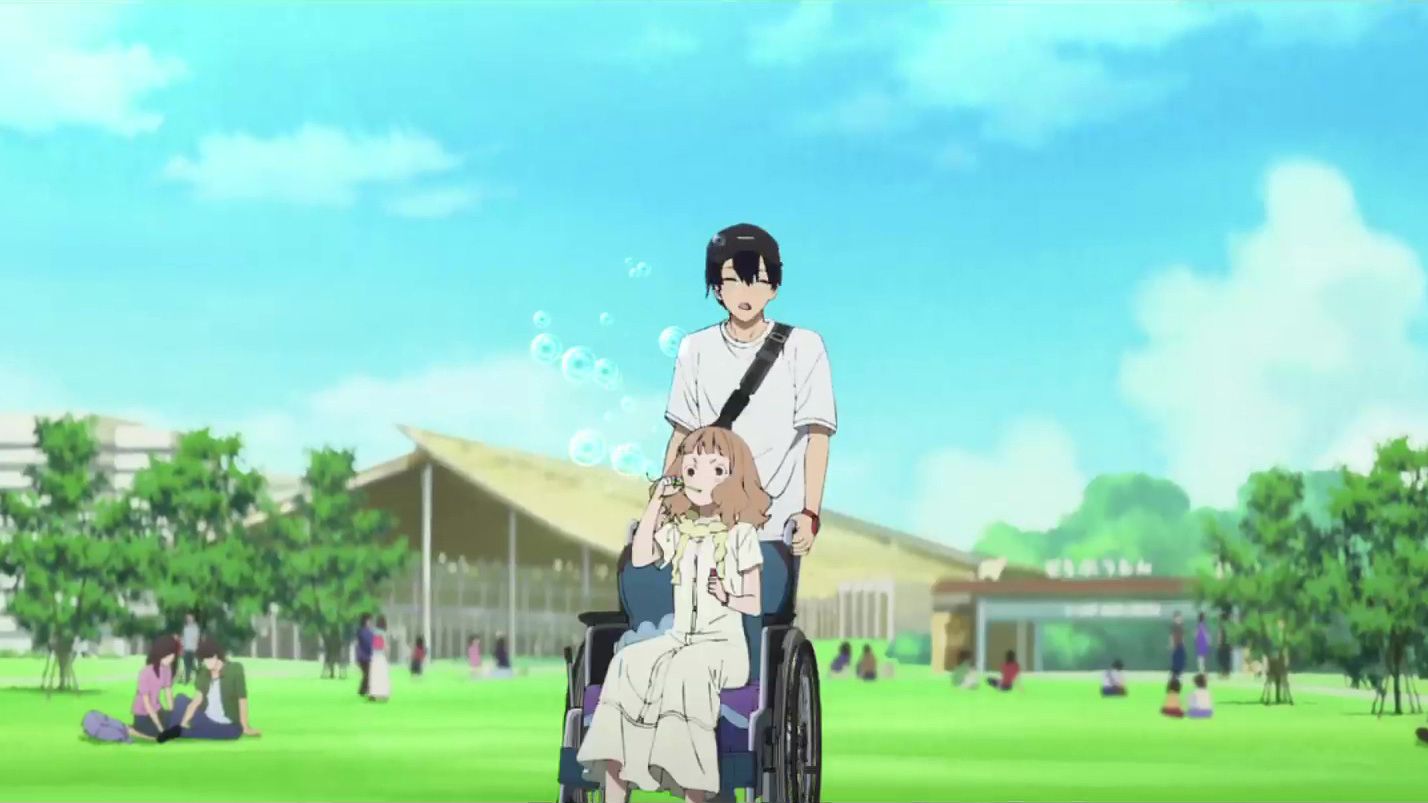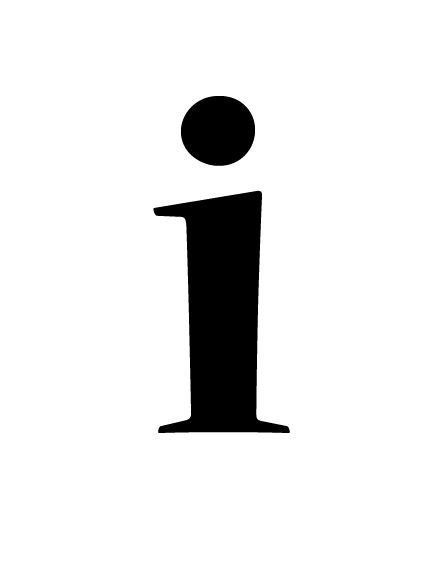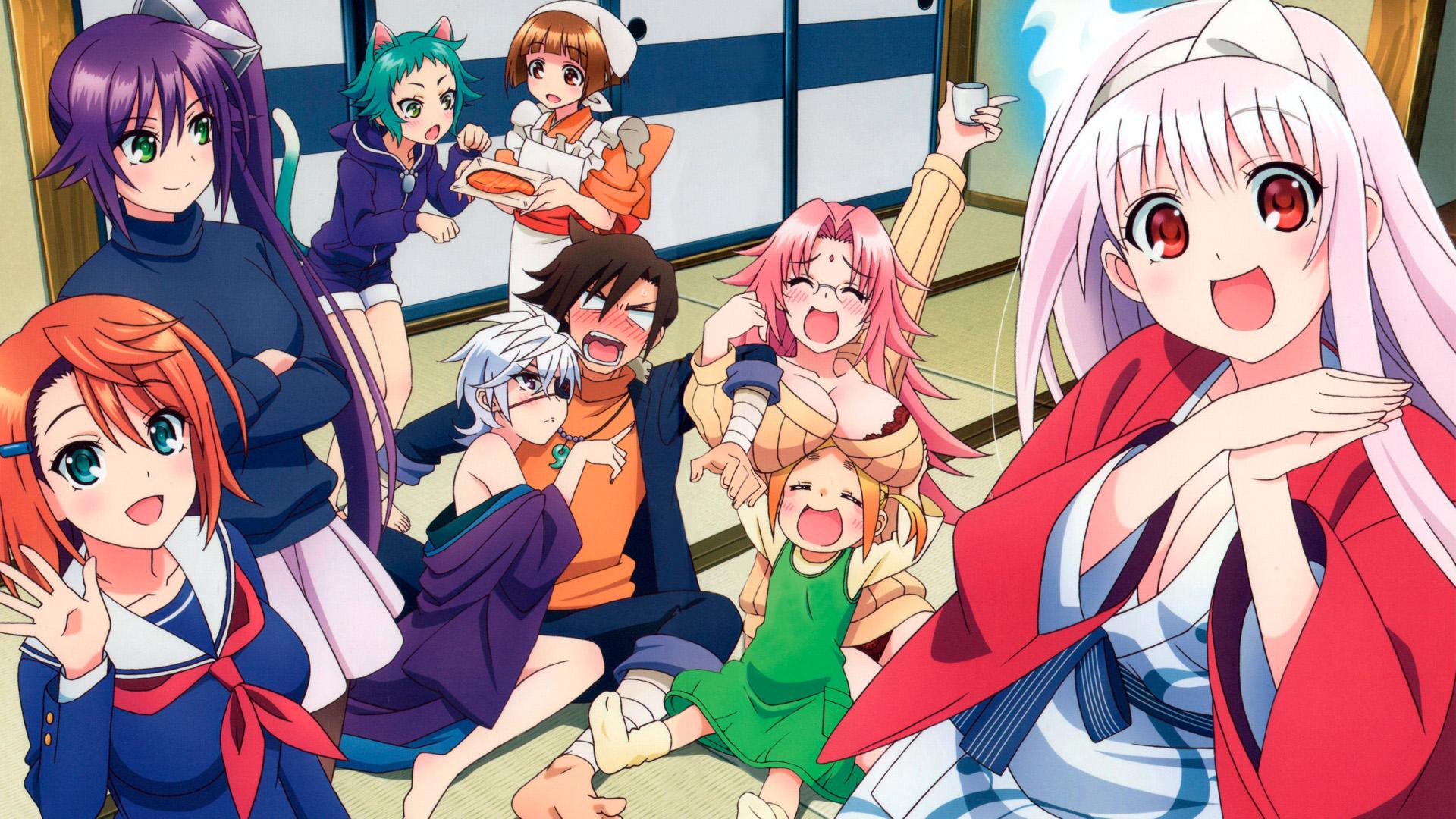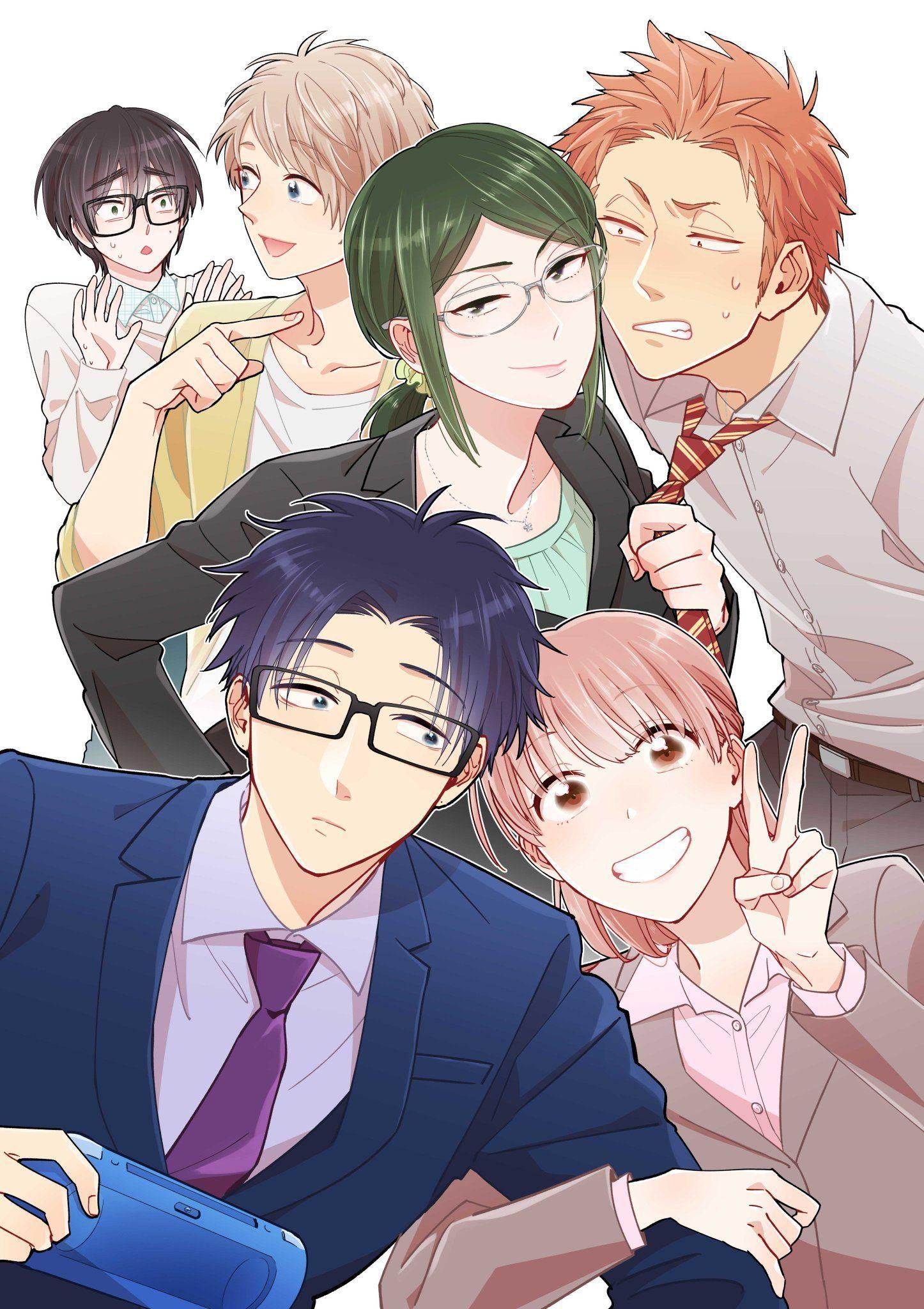How to Create Your Own Anime Character
Creating an anime character is a rewarding experience that allows you to express your creativity. This article will guide you through the key stages of designing your unique character, from initial concept to final touches.
1. Conceptualization and Inspiration
Start by developing a general idea. Consider the character's role in a story, their personality, and the overall aesthetic. Draw inspiration from existing anime, manga, and other visual media. Observe character designs that resonate with you. Consider factors such as the character's age, background, and purpose within your story.
Brainstorm different character archetypes. Will they be the heroic protagonist, the mischievous sidekick, or the enigmatic villain? Defining their role early will influence their design choices. Develop a short backstory. Even if this backstory isn't explicitly revealed in your story, it will inform your design decisions and give your character depth.
Consider your character's world. A character designed for a futuristic sci-fi setting will likely have different visual elements than one designed for a historical fantasy setting. Researching common design elements for the specific genre will help to create a believable and cohesive character.
2. Designing the Face
The face is often the most expressive part. Begin with basic shapes to construct the head, such as circles and ovals. Experiment with different shapes to create a unique face structure. Anime characters are known for their large eyes. Experiment with different eye shapes and sizes to reflect the character's personality.
Consider the placement of the facial features. Adjust the size and spacing of the eyes, nose, and mouth to create different expressions. The eyebrows play a crucial role in conveying emotion. Draw them at different angles and thicknesses to express a range of feelings, from anger to surprise.
Hairstyles are a defining characteristic of anime characters. Experiment with different lengths, styles, and colors to create a visually appealing and memorable look. Consider how the hairstyle reflects the character's personality and background. For example, a neat and tidy hairstyle might suggest a disciplined character, while a wild and untamed hairstyle might suggest a rebellious character.
3. Body Proportions and Anatomy
Anime characters often have stylized body proportions. These can range from realistic to highly exaggerated, depending on the style you are aiming for. Study basic anatomy to understand the underlying structure of the human body. This knowledge will help you to create more believable and dynamic poses.
Consider the character's age and build. A young child will have different proportions than an adult. A muscular character will have a different build than a slender character. Simplify the body into basic shapes, such as cylinders and spheres, to make it easier to pose and draw. Pay attention to the character's posture. The way they stand and move can reveal a lot about their personality.
Sketch out several different poses to get a feel for how the character moves. Use dynamic lines of action to create a sense of energy and movement. Consider the character's clothing. The type of clothing they wear can reflect their role, personality, and background. Design clothing that is both visually appealing and practical for the character's activities.
4. Clothing and Accessories
Clothing plays a role in showcasing the character's personality and background. Research clothing styles that are appropriate for the character's setting and role. Consider the character's personality when choosing clothing. A shy character might wear modest and understated clothing, while an outgoing character might wear bold and colorful clothing.
Accessories can add detail and visual interest to a character's design. Consider adding items such as jewelry, weapons, or personal belongings. These elements can provide clues about the character's personality, background, and motivations. Ensure accessories complement the overall design and don't overwhelm the character.
Color choices are crucial. Select a color palette that reflects the character's personality and role. Bright and vibrant colors can convey energy and optimism, while dark and muted colors can convey mystery and seriousness. Consider using color to highlight important features or to create a sense of contrast.
5. Defining the Character's Personality
Beyond the physical design, consider the character's personality traits. Are they kind, brave, intelligent, or mischievous? These traits will influence their expressions, actions, and interactions with other characters. Develop a distinct personality. This will make them more relatable and engaging.
Think about their motivations. What drives them to act the way they do? What are their goals and desires? Understanding their motivations will help you to create believable and consistent character behavior. Consider their strengths and weaknesses. Every character should have both strengths and weaknesses. This will make them more human and relatable.
How does your character react to different situations? Do they remain calm under pressure, or do they panic? How do they interact with other characters? Are they friendly and outgoing, or shy and reserved? Give your character quirks and mannerisms. These small details can add a lot of personality and make them more memorable.
6. Refining the Design
Once you have a basic design, refine it by adding details and making adjustments. Pay attention to the overall balance and composition of the design. Refine the line work. Use clean and confident lines to create a polished and professional look. Experiment with different line weights to add depth and dimension.
Add shading and highlights. This will help to create a sense of volume and depth. Consider the light source and how it affects the character's appearance. Get feedback from others. Show your design to friends, family, or online communities and ask for constructive criticism. Use the feedback to improve your design.
Create multiple iterations. Don't be afraid to experiment with different designs and variations. Try changing the hairstyle, clothing, or facial features to see what works best. Take breaks. Sometimes, stepping away from your design for a while can help you to see it with fresh eyes.
7. Final Touches
After refining the design, add any final touches. This may include adding details to the clothing, adjusting the colors, or refining the facial expressions. Ensure the character design is consistent with the character's personality and background. Check for any errors or inconsistencies in the design.
Create a character sheet. This is a document that includes a reference image of the character, along with information about their personality, background, and motivations. This will be helpful if you plan to use the character in a story or game. Give your character a name. Choose a name that is appropriate for their setting and personality.
Practice drawing your character in different poses and expressions. This will help you to become more familiar with their design and to develop your own unique style. Don't be afraid to experiment and have fun. Creating an anime character should be an enjoyable and rewarding experience.
Creating an anime character requires patience, creativity, and attention to detail. By following these steps, you can develop a unique and memorable character that reflects your artistic vision. Remember to practice regularly and continue to learn and improve your skills.












